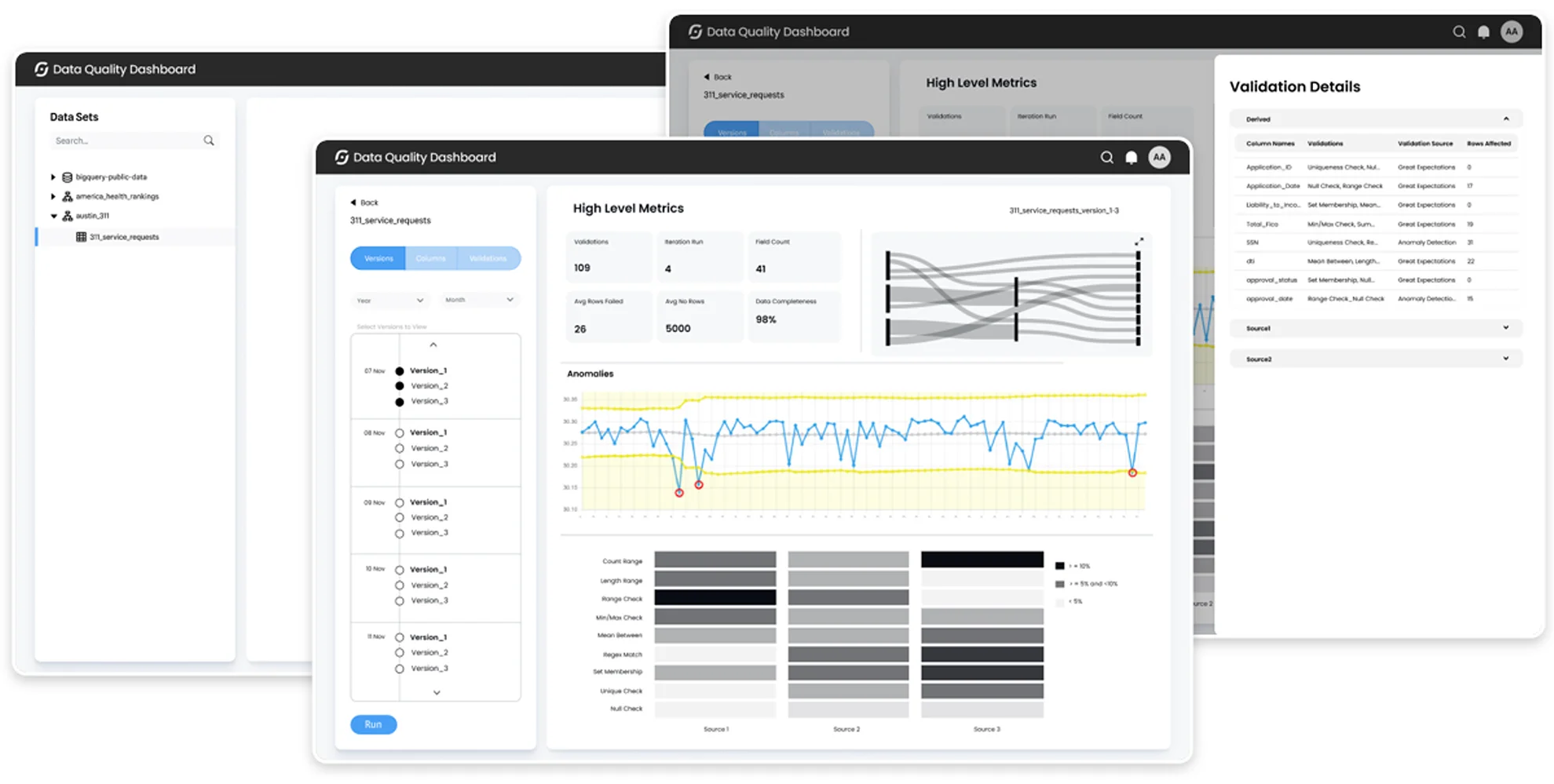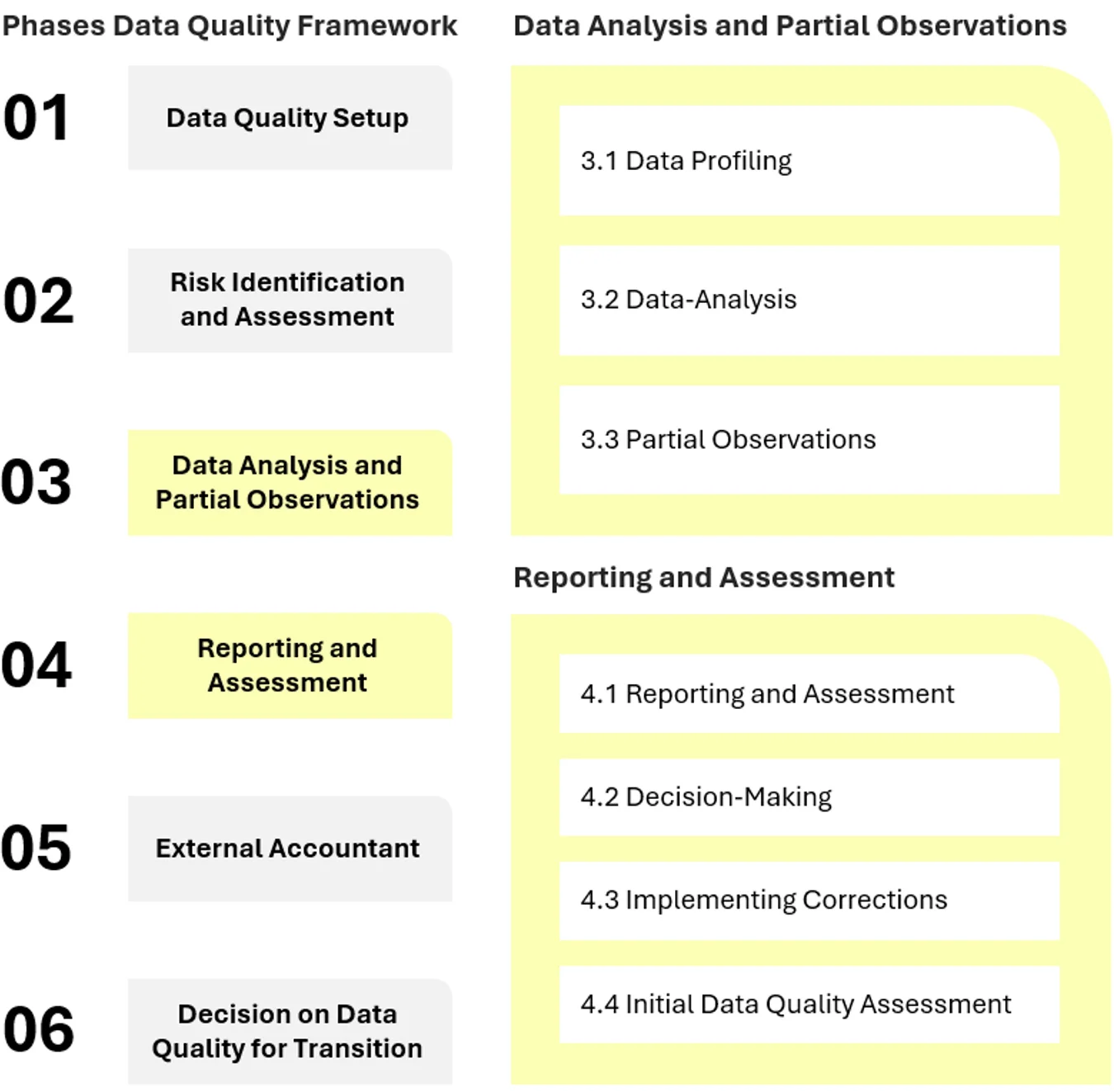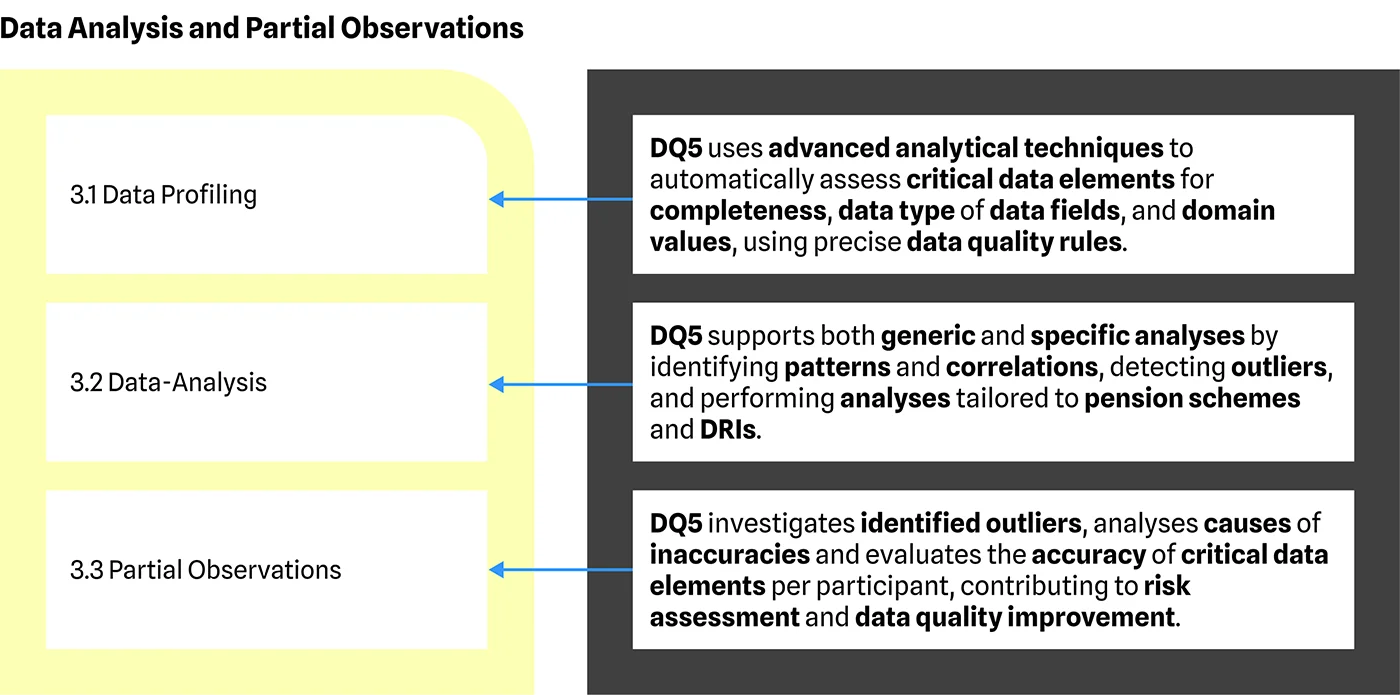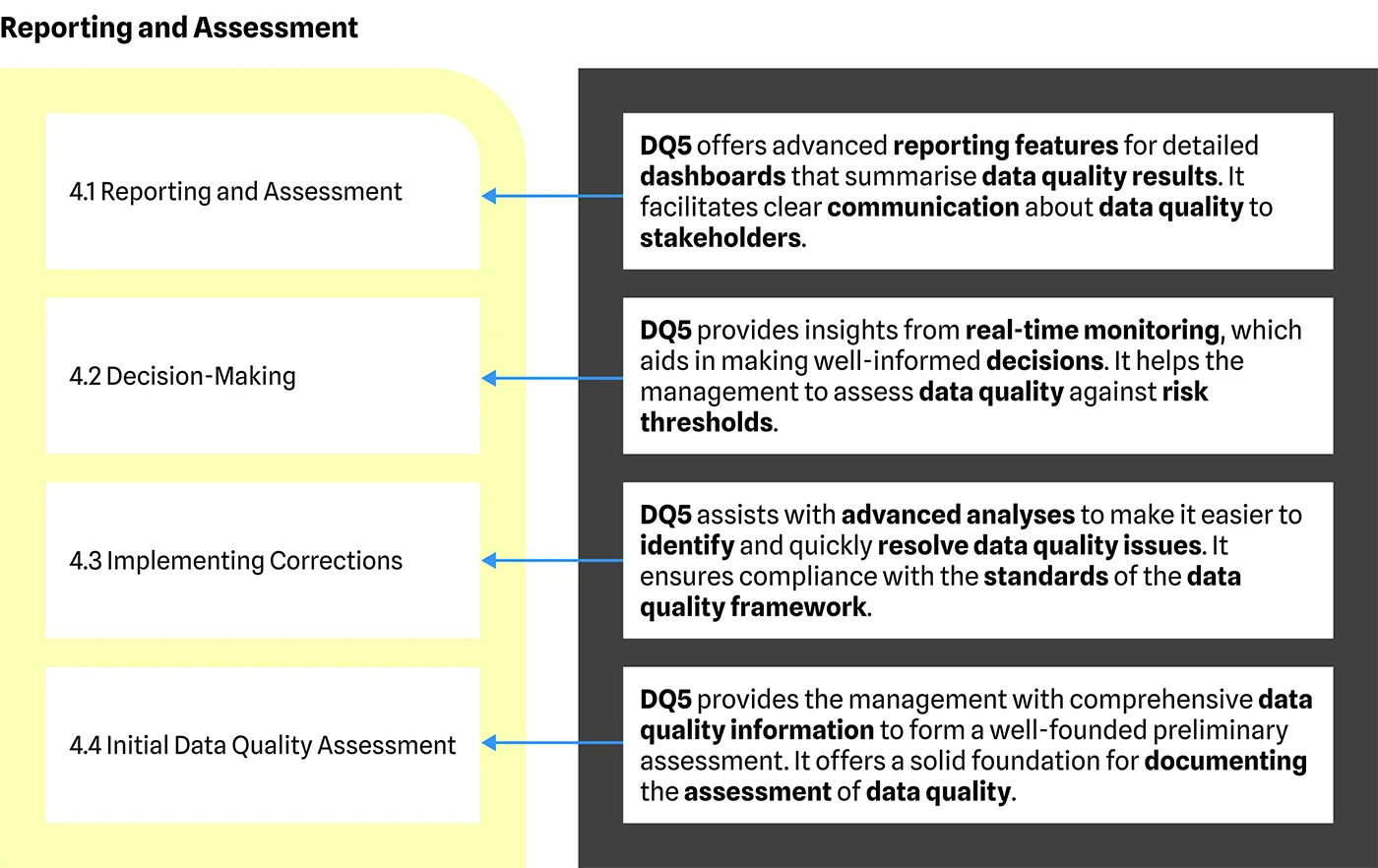 United States EN
United States EN United States EN
United States ENChristian Jonkman
Consultant, Data Practice , Amsterdam
AI
The Future Pensions Act (WtP), which came into effect on July 1, 2023, brings significant changes to the Dutch pension system. In the coming years, the current defined benefit schemes will be replaced by defined contribution schemes, whereby each participant builds up their own pension capital. Pension providers have until January 1, 2027, to adapt their pension schemes to the new legislation. However, there is a bill to extend the transition period by one year to January 1, 2028, giving pension providers more time to meet the requirements for the transition to the new pension system. An important reason for this proposal is that pension providers are still insufficiently able to demonstrate that the data quality meets the requirements of Article 46, fourth paragraph of the Pw and Wvb Implementation Decree. This article obliges pension providers to demonstrate that the data quality is guaranteed before, during, and after the transition. Although the Pension Federation published a 'Data Quality Framework' in October 2022 to support pension providers in this regard, this often still falls short in practice. Pension providers face the challenge during this transition period of assessing in a timely manner that all critical pension data, which are crucial for the transition, are guaranteed.
For pension providers wishing to transition to the new pension system, data quality is essential to obtain approval from the Dutch Central Bank.
Without sufficient insight into data quality prior to this transition, errors may occur in the calculation of individual pension assets. This would mean that participants cannot rely on a correct conversion to their individual pension assets and may not receive what they’re entitled to. The challenge doesn’t so much lie with the pension administration of long-term employment, but mainly with cases of disability or participants with specific transitional arrangements.
The role of the pension provider is also changing within the new legislation, from an administrative company to a customer-driven service provider. It’s crucial that communication with participants is based on accurate data, and that the correctness of this data is essential for maintaining trust and customer satisfaction.
IT implementations at pension providers are well underway. It’s important to ensure that the data transfer from the old to the new system is timely, accurate, and complete. This process also includes validating the migrated data to ensure that no data is lost during the migration.
Data quality is a crucial factor for a successful transition, whether it concerns the calculation of pension assets, communication with participants, or IT transformations.
For the transition to proceed smoothly, it's essential to recognize the role of data quality and to harness knowledge and experience in data management (to ensure that your data quality is in order). With good project management and IT implementation, together with advanced AI solutions, meeting the requirements of the new legislation becomes easier. The Data Quality 5 (DQ5) accelerator is an example of this.
DQ5 is an advanced data quality framework that utilizes open-source technology and machine learning to identify, analyze, and monitor your data from all source systems (Image 1). This contributes to the reliable management of all your critical pension data in a responsive, scalable, intelligent, and reliable manner.

According to the 'Data Quality Framework' of the Pension Federation, which consists of six main phases, DQ5 specifically contributes to the requirements of phase 3: 'Data Analyses and Partial Observations' and phase 4: 'Reporting and Assessment' (Image 2).

In the phase of 'Data Analyses and Partial Observations', DQ5 supports the process with advanced analytical techniques for data profiling, where critical data elements are automatically tested against precise data quality rules (Image 3). DQ5 provides the ability to refine existing data quality rules and to establish automatically generated rules. Additionally, patterns and correlations can be identified, outliers detected, and analyses conducted that are specifically tailored to pension schemes. For partial observations, DQ5 further investigates the identified outliers and evaluates the accuracy of critical data elements, per participant, contributing to the necessary risk assessment and data quality improvement.

In the phase of 'Reporting and Assessment', DQ5 offers advanced reporting features, which compile detailed dashboards summarizing the data quality results (Image 4). This simplifies clear communication about data quality to stakeholders. Real-time monitoring supports informed decision-making and the assessment of data quality. Moreover, DQ5 enables the quick identification and resolution of data quality issues, ensuring compliance with the standards of the data quality framework and establishing a solid foundation for documenting the assessment.

Are you interested in learning how we can assist you? Please don’t hesitate to contact us.